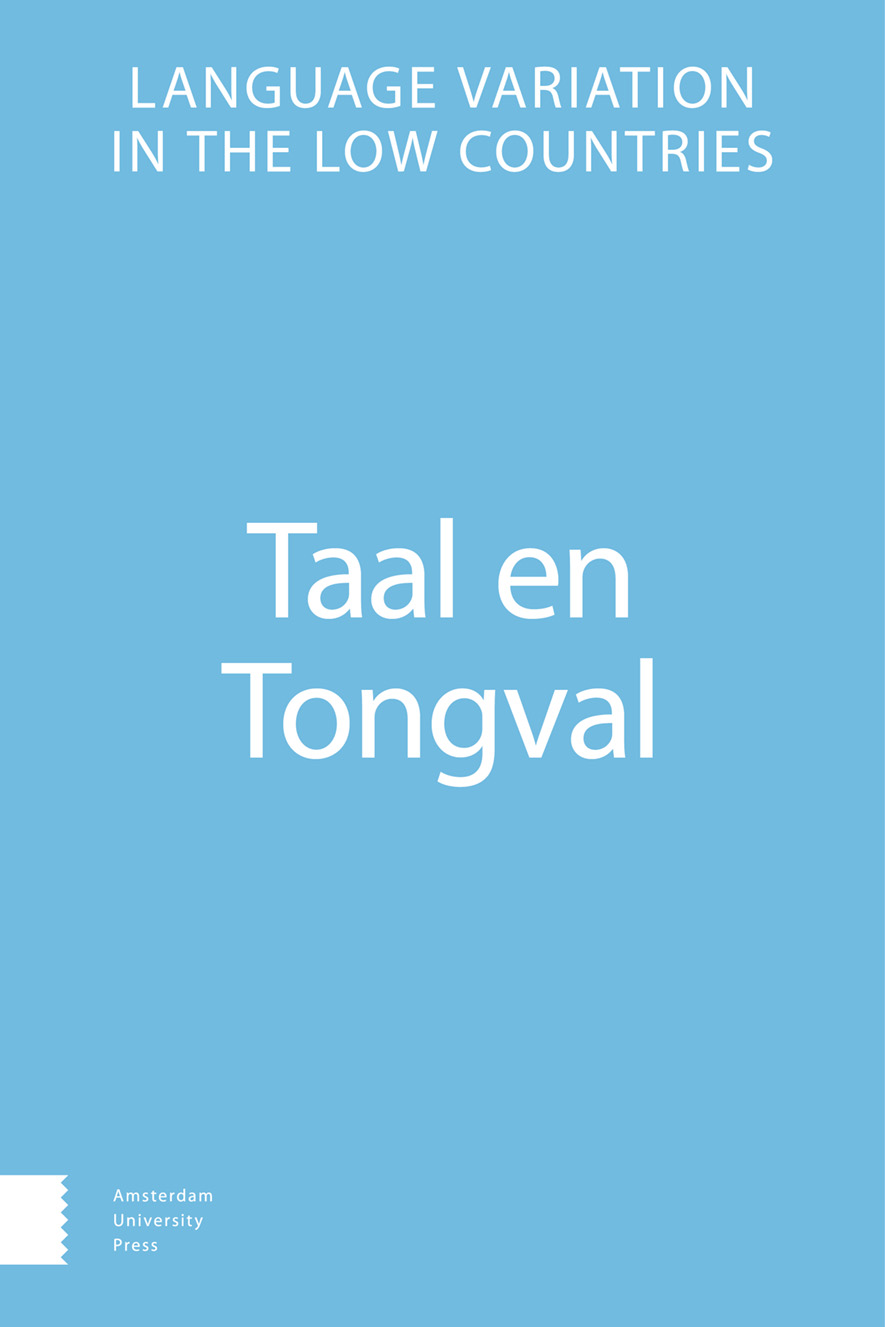-
oa Looking for the middle of nowhere: nicknames denoting imaginary remote locations and alluding to really existing ones1
- Amsterdam University Press
- Source: Taal en Tongval, Volume 74, Issue 1, Aug 2022, p. 55 - 74
-
- 01 Aug 2022
Abstract
Nicknames for imaginary remote hamlets are widespread. One may think, for example, of Podunk Hollow (US). In the Netherlands, Boerenkoolstronkeradeel is best known (boerenkool = kale, stronk= stembase, deel = municipality). The leading Dutch dictionary defines Boerenkoolstronkeradeel as ‘a remote hamlet, alledgedly unreachable for “modern civilisation”’, the reference – most probably – being the Randstad, the urban conglomeration in the western part of the country. At least two factors may be supposed to have played a part in making some really existing locations inspirational: 1) remoteness, 2) rural or agrarian character. This paper identifies regional linguistic characteristics in these nicknames, and relates them to specific existing locations, leading to the paradox that an almost unknown and remote location becomes a known icon for ‘the middle of nowhere’. It will analyze to what extent each of the two factors may have made such really existing names inspirational. One of the conclusions will be that a third factor, too, must be considered: the estimated (subjective) linguistic distance between regional languages concerned on the one hand, and the standard language on the other.


